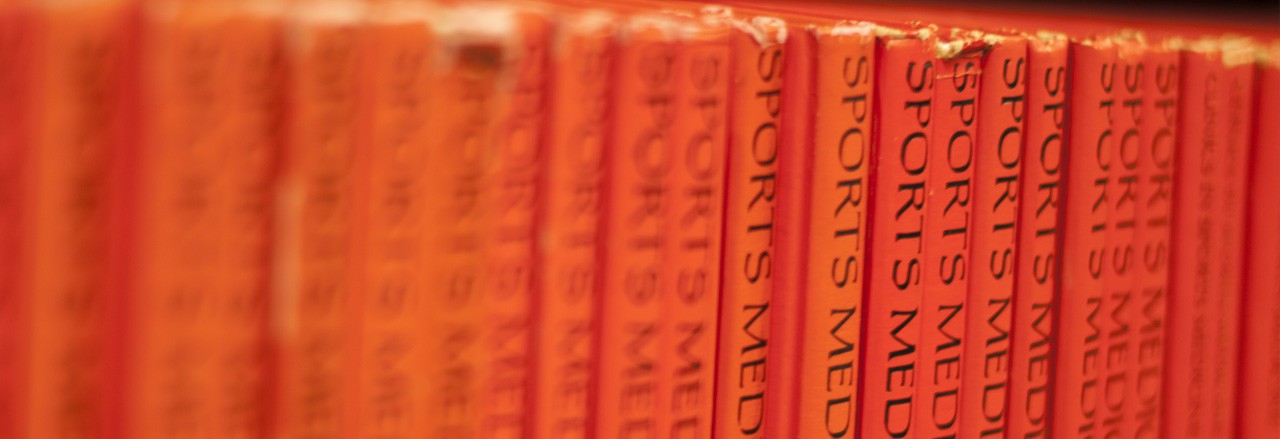The knee is the largest joint in the body and one of the most easily injured. It is made of four main components: bones, cartilage, ligaments, and tendons. You knee is made up of many important structures (below) any of which can be injured. The most common knee injuries include fractures, dislocations, and sprains and tears of the soft tissues. Pain and swelling are the most common signs of knee injury. In addition, some injuries can cause the knee to feel like something is catching, locking, or giving way.
Bones
- The knee is a hinge joint made up of three bones: thighbone (femur), leg bone (tibia), and knee cap (patella)
- The tibiofemoral joint is made up of the interface between the end of the thighbone (distal femur) and the closer end of the leg bone (proximal tibia)
- The patellofemoral joint is the interface between the underside of the knee cap (patella) and the trough (trochlea) on the far end of the thighbone (distal femur)
Cartilage
- The ends of the femur and tibia, and the underside of the patella are covered by articular cartilage.
- Cartilage is a slippery substance helps your knee bones glide smoothly across each other as you bend and straighten your knee.
- Cartilage protects the ends of the bone.
- When injured, cartilage heals poorly and can result in pain, swelling, and progression of a condition known as arthritis
Capsule
- The knee is encased in a sheath (capsule) that secretes a nutrient-rich fluid (synovial fluid)
- Synovial fluid is an important lubricant of the joint
- When the lining of the knee becomes inflamed and irritated it produces extra fluid that results in swelling of the knee joint.
Meniscus
- Each knee has two C-shaped structures sandwiched between the far end of the thighbone and closer end of the leg bone called menisci (medial and lateral meniscus)
- Menisci look and act somewhat like bumpers on a pool table.
- They serve as natural “shock absorbers” that cushion high-impact forces and protect from bone-on-bone grinding.
ACL and PCL
- ACL stands for “anterior cruciate ligament” and functions to keep the shin bone (tibia) from sliding too far forward (anterior) relative to the thigh bone (femur).
- When the ACL is torn some patients experience a sense of instability or abnormal movement within the knee. The ACL does not heal very well when injured and often (but not always) requires surgery if its torn.
- PCL stands for “posterior cruciate ligament” and functions to keep the tibia from sliding too far backward (posterior). The PCL has great healing potential and the majority of people with PCL injuries never need surgery.
MCL and LCL
- The knee has two ligaments found on the sides of your knee called collateral ligaments.
- The MCL stands for “medial collateral ligament” is a thick and powerful ligament on the inside of the knee that connects the femur and tibia.
- The LCL stands for “lateral collateral ligament” and is an important stabilizing structure on the outside of the knee that connects the femur with the fibula.
Quadriceps Tendon and Patellar Ligament
- The thigh muscles (quadriceps) come together to form a tendon (quadriceps tendon) that attaches to the surface of the kneecap (patella).
- The patellar tendon (actually a ligament) originates on the surface of the knee cap (patella and connects with a bony ridge (tibial tubercle) on the front of the tibia.
- The quadriceps tendon and patellar tendon work in concert provide the knee its mechanical leverage to bend and straighten.


